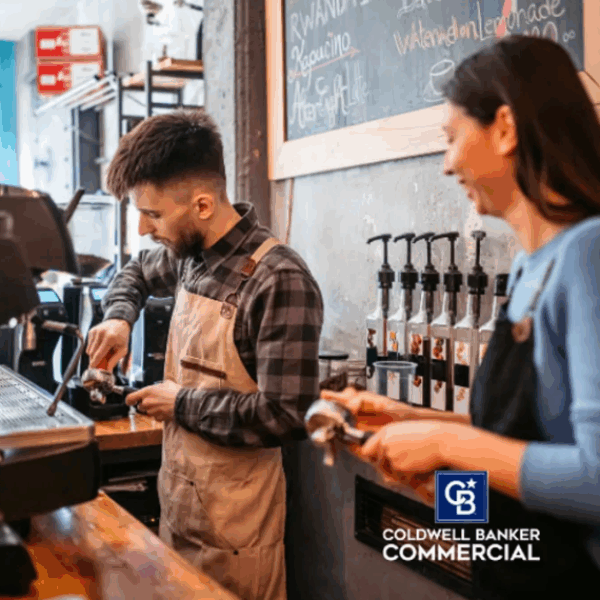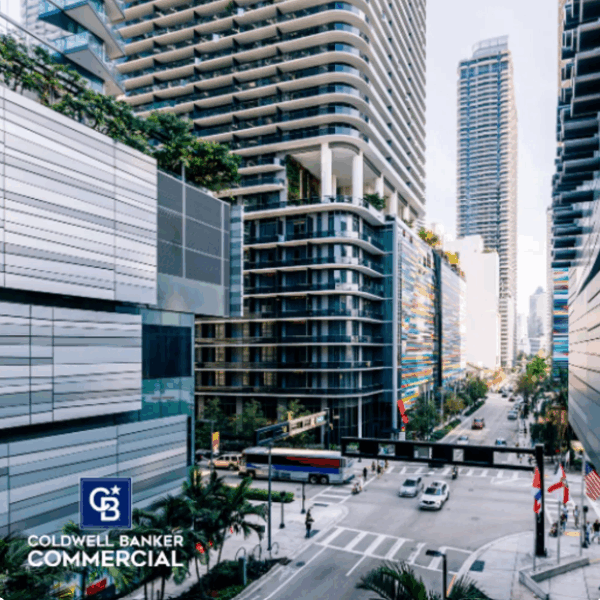By 2025, amenities have evolved from nice-to-have perks into non-negotiable essentials. In today’s multifamily and mixed-use projects, success is increasingly defined not by square footage but by the lifestyle value a property delivers. This “amenity arms race” is well underway, prompting developers to prioritize features that promote resident retention and long-term satisfaction over flashy novelties that quickly fade.
Resident preferences make the trend crystal clear. A recent Greystar survey found that nearly nine in ten residents rank natural light and ventilation among their top priorities.
These fundamental features—often tied to wellness and livability—are now seen as baseline requirements rather than luxury enhancements. Meanwhile, coffee bars, fully equipped fitness centers, and smart-home integrations continue to outperform more traditional or dated offerings. In an era of entrenched hybrid work, coworking lounges, soundproof pods, and flexible-use communal areas are no longer standout factors—they’re expectations.
Sustainability is also emerging as a key standout factor. Residents increasingly favor communities that showcase energy-efficient systems, LEED certifications, and environmentally responsible operations. In many markets, green features are beginning to influence leasing decisions just as much as location or price.
Developers are responding with sharper underwriting discipline. The focus has shifted from creating buzz to supporting absorption and long-term rent growth. Phased amenity rollouts are gaining traction, allowing developers to pilot features and adjust based on resident behavior. Others borrow strategies from the hospitality world, layering in concierge services, wellness programming, and curated resident events—approaches that enhance brand identity and loyalty but also demand thoughtful staffing and logistics.
Recent case studies show that utility often outperforms novelty. Village Green, a national multifamily developer and manager, has piloted innovative programs ranging from makerspaces and bike repair stations to wellness-centric community hubs and sensory gardens. Similarly, proptech provider WithMe has evolved beyond its roots in tech-enabled print stations to offer curated services such as on-demand coffee bars and hydration stations that enhance daily living. These examples show how developers are weaving function and lifestyle together, offering features that integrate into residents’ routines rather than merely impress on tours.
Surveys back this up: daily-use features like coffee bars and package lockers consistently outperform pools or game rooms in resident satisfaction. They also contribute more to retention, as residents are more likely to renew leases when amenities align with everyday needs.
Still, risks persist. Amenity-heavy properties can overspend on underutilized amenities, especially when features go underutilized or strain energy and maintenance budgets. Staffing, programming, and long-term upkeep must be factored into financial models to protect yields and maintain ROI over time.
Looking ahead, amenity design will become more data-driven. Developers will increasingly leverage usage analytics, surveys, and behavioral data to guide investment, allowing them to right-size offerings and avoid waste. Expect more hyper-local customization, with properties tailoring features to fit regional climates, demographics, and lifestyle preferences. We’ll also see a rise in amenity-as-a-service models, where third-party providers deliver specialized services—from wellness classes to curated food and beverage offerings—helping operators differentiate without overstretching internal teams.
In short, the amenity race is shifting from gimmick to genuine value. As expectations continue to evolve, multifamily and mixed-use communities are being redefined by their ability to deliver relevant, thoughtful, and sustainable lifestyle experiences.








